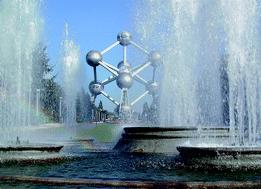Nuclear desalination has been identified as an option since the 1960s, but only recently, as climate change intensifies, has it gained interest again. Although environmental impacts of nuclear desalination have not been paid a lot of attention in the few implemented projects, now more than ever, it is essential to provide an overview of their nature and magnitude. The gathered information and basic analysis allow for a general comparison of a 200,000 m3/d nuclear desalination facility using a once-through cooling system as a reference case, with alternative co-location options. Results of the review indicate that the potential for marine impacts requires careful planning and monitoring. They also reveal that adverse coastal, atmospheric and socio-economic impacts are minor in comparison with other co-location alternatives. The issues regarding public health are discussed and experiences presented. Nuclear desalination facilities are expected to show a better environmental performance than other co-located power/desalination options. Environmental planning and monitoring activities are thus much simpler and their scope smaller, with the most important monitoring parameters listed. In conclusion, the application of nuclear desalination is recommended as a less environmentally harmful option.

You have access to this article
 Please wait while we load your content...
Something went wrong. Try again?
Please wait while we load your content...
Something went wrong. Try again?


 Please wait while we load your content...
Please wait while we load your content...